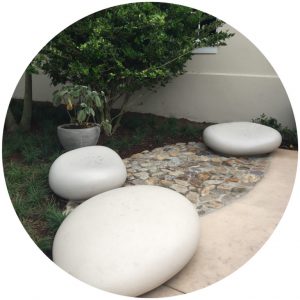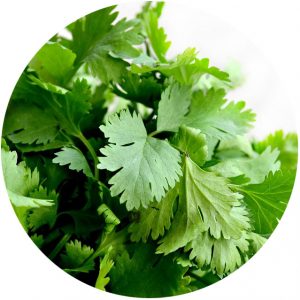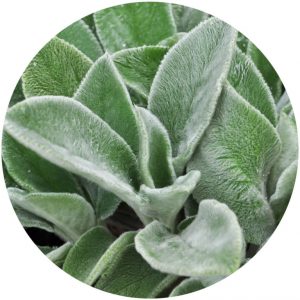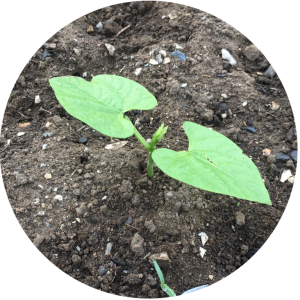 According to a 2018 study, autism spectrum disorder (ASD) now impacts 1 in 40 children in the United States. Therapeutic engagement with gardening and garden-based activities is one type of intervention currently being explored for children and youth with ASD. This resource provides design tips to consider when planning a garden space for youth with ASD. View Resource »
According to a 2018 study, autism spectrum disorder (ASD) now impacts 1 in 40 children in the United States. Therapeutic engagement with gardening and garden-based activities is one type of intervention currently being explored for children and youth with ASD. This resource provides design tips to consider when planning a garden space for youth with ASD. View Resource »
Growing a Knowing Nose
 Students explore a variety of plant-derived aromatic substances, reflect on the memories and feelings they evoke, and describe them. Next, as they try to taste without using their sense of smell, they begin to grasp the importance of this remarkable adaptation. They also learn that scents provide plants with a way to communicate, aid in reproduction and seed dispersal, and protect themselves. For grades 3-5, adaptable for other ages. View Resource »
Students explore a variety of plant-derived aromatic substances, reflect on the memories and feelings they evoke, and describe them. Next, as they try to taste without using their sense of smell, they begin to grasp the importance of this remarkable adaptation. They also learn that scents provide plants with a way to communicate, aid in reproduction and seed dispersal, and protect themselves. For grades 3-5, adaptable for other ages. View Resource »
Sensory Plants
 The plant kingdom offers such a wealth of sensory opportunities. Plants come in all sorts of shapes, colors, sizes, with seemingly infinite fragrances and tastes. This resource lays out good options for your garden. They’re divided into the five sense categories, but there’s much overlap among them. View Resource »
The plant kingdom offers such a wealth of sensory opportunities. Plants come in all sorts of shapes, colors, sizes, with seemingly infinite fragrances and tastes. This resource lays out good options for your garden. They’re divided into the five sense categories, but there’s much overlap among them. View Resource »
Early-Season Garden Checklist
 Although it can be tempting to get out in the garden on the first warm, sunny day, it’s important to wait until the soil has dried out before starting to work in the beds. In the meantime, there’s plenty to do to prepare for the upcoming growing season. This checklist will help prepare you for your spring planting blitz! View Resource »
Although it can be tempting to get out in the garden on the first warm, sunny day, it’s important to wait until the soil has dried out before starting to work in the beds. In the meantime, there’s plenty to do to prepare for the upcoming growing season. This checklist will help prepare you for your spring planting blitz! View Resource »
Making the Case: Case Studies on Green Schoolyards
 Why do green schoolyards matter and what are their benefits? These materials will help you advocate for your school garden program thanks to these success stories with notable outcomes. View Resource »
Why do green schoolyards matter and what are their benefits? These materials will help you advocate for your school garden program thanks to these success stories with notable outcomes. View Resource »
